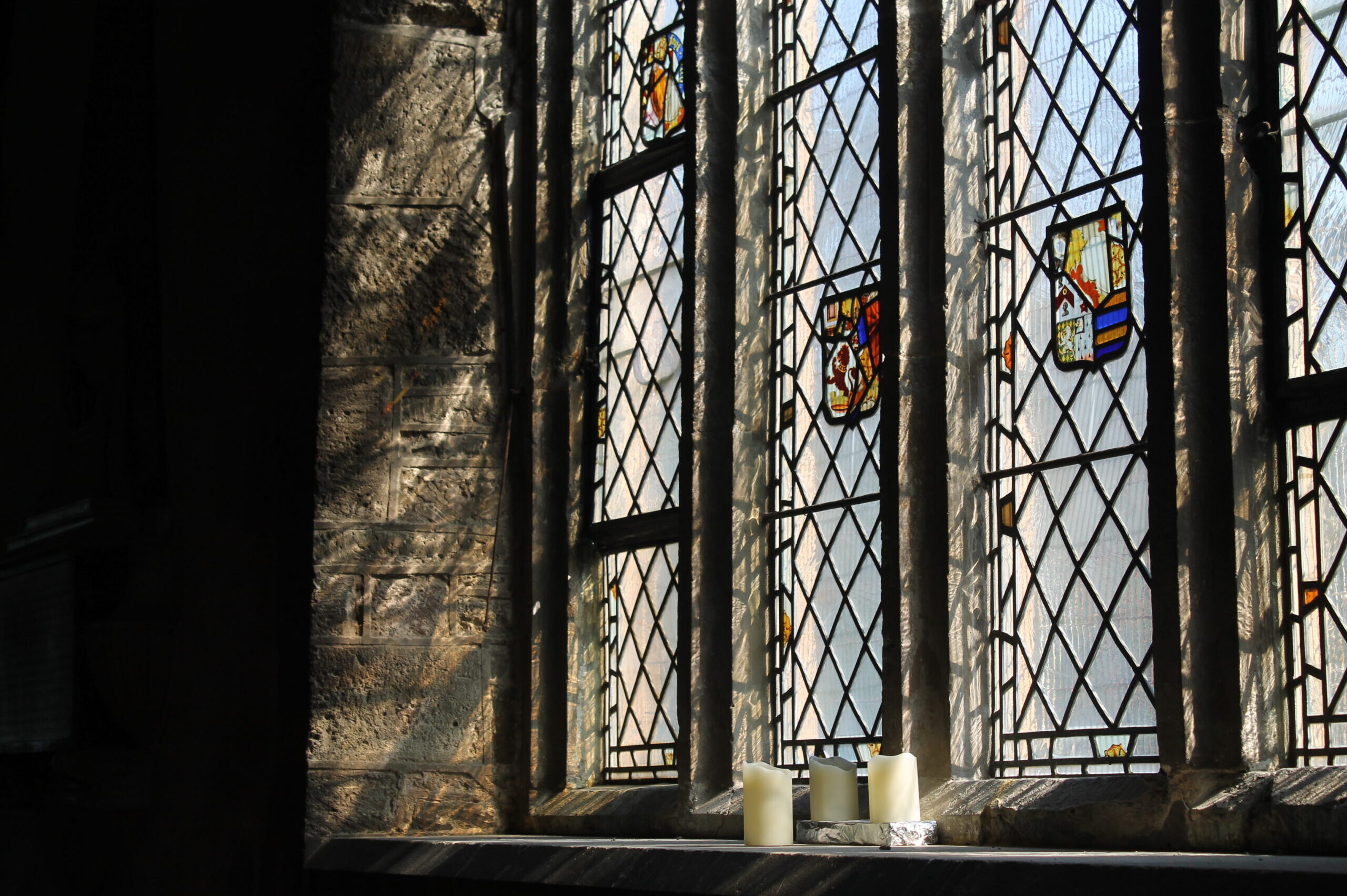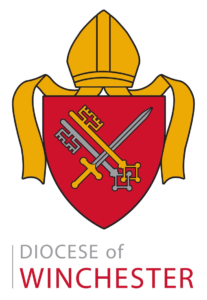Foundation
The land on which St Nicolas’ Church stands (along with the rest of the parish and much of England) was originally owned by the crown. In 932 King Athelstan gave the land by charter to his Theign, Alfred, who in turn gave it to Hyde Abbey in 941. This was the beginning of the manor of Stoneham Abbitas (later North Stoneham), which would exist largely unchanged until at least 1850. Some historians have suggested that there was a church at North Stoneham as early as 885, though this is disputed. However a church certainly existed by the time of the Doomsday Book in 1086, which would have been constructed of wood. The first recorded Rector was installed in 1248.
The founding of the current stone church cannot be dated precisely. Originally there would have been only the central section of the current church, without the north or south aisles. Evidence exists to suggest the north aisle of the church was added before 1534, so the original central section must have been well before this. The earliest reference to the church having been dedicated to St Nicolas (without an ‘h’) also comes from 1534.
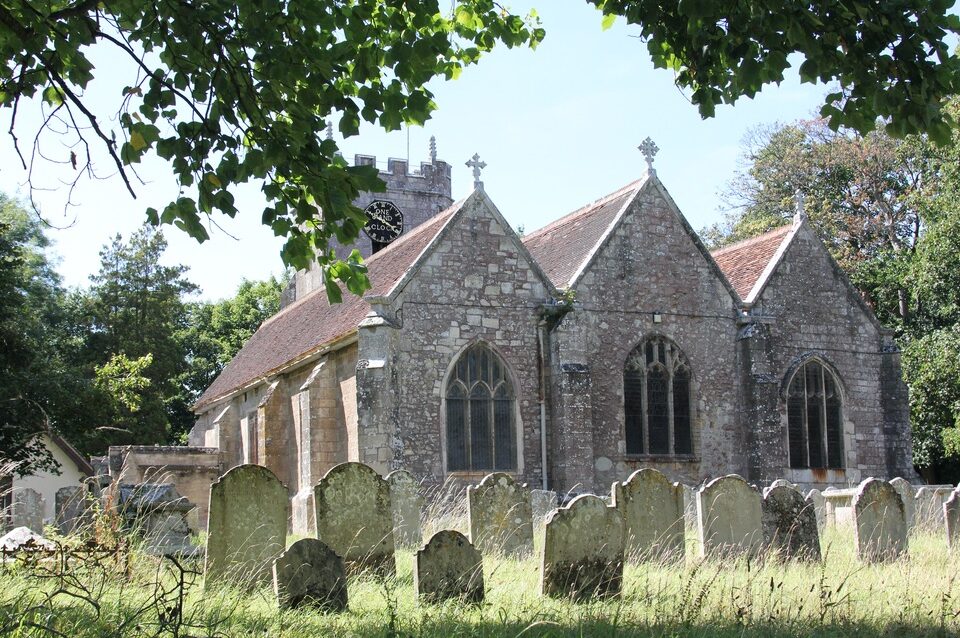

The Croation Stone (1491)
In 1491 a group of Croatian sailers (numbers and names unknown) died whilst on a voyage to trade in Southampton. A large commemorative stone (pictured) can still be seen in front of the altar, though it is not known precisely why the stone was sited at St Nicolas’ rather than any other Southampton church. For many years an annual memorial service was held in the church, attended by the local Croatian community.
The Reformation (1538-1559)
At the disollution of the monasteries in 1538, ownership of the manor of North Stoneham reverted to the crown. King Henry VIII then gave the manor to the Earl of Southampton, ending 600 years of ecclesiastical ownership. In 1559 Queen Elizabeth introduced the Acts of Supremacy and Uniformity, which the Rector of North Stoneham (Thomas Securis) rebelled against, along with the Bishop of Winchester and many others. He was ‘ejected’, and replaced with our first Church of England Rector in 1559.
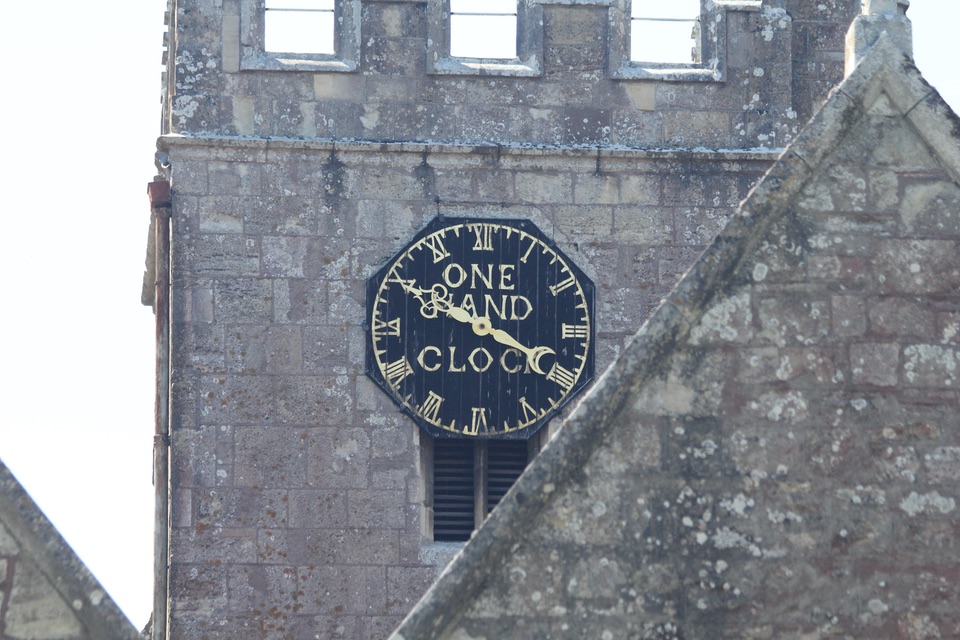
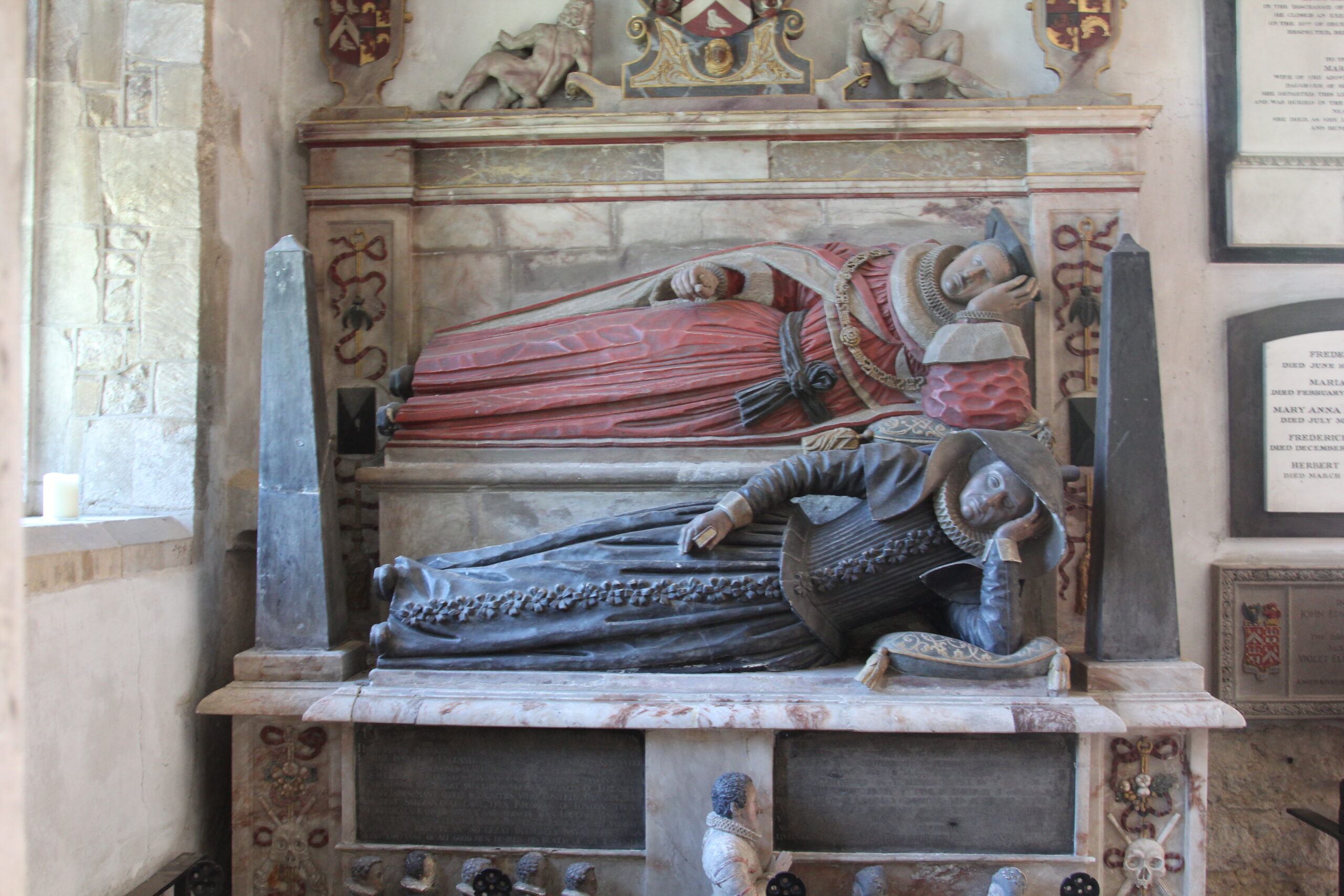
Additions (1593-1898)
During the incumbency of Lewis Alcock (from 1593-1647) the south aisle was added to the church along with the current tower, all funded by the Rector himself. This work coincided with the manor (and patronage of the church) being purchased by Sir Thomas Fleming, beginning the parish’s long association with the Fleming family. Thomas Fleming went on to hold high government office, including Lord Chief Justice, and is remembered as the man who tried Guy Fawkes. He and his wife have an elaborate memorial in the church.
By 1886 the church had fallen into a state of serious disrepair, which was thoroughly documented by the newly installed Rector, Elliot Kenworthy Browne. Major restoration work started a year later. This included excavating the floor to install a new hot air heating system, aimed at tackling the church’s serious damp problem. The roof was also replaced, gutters and drainage installed, and masonry restored. The internal wood-panelled ceiling dates from this work. The internal furnishings were re-ordered, including the removal of the two pulpits, to be replaced with a new oak pulpit in 1898. Wood from the old pulpits was used to carve a two seater sedile which would be used first at St Nicolas and later at St Michael & All Angels.
World War 2
During the second world war a German bomber on its way home unloaded its unused ‘cargo’, which hit St Nicolas’ Church.The roof, organ and choir stalls were badly damaged, and all of the windows were shattered. Repairs were made over time, with some of the stained glass windows being replaced with plain glass. Fragments of the old windows were saved and used to create shields to add to the plain windows. In 1951 a new east window was dedicated.
In 1953 St Nicolas became a Grade II* listed building
